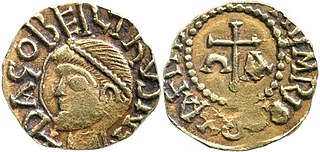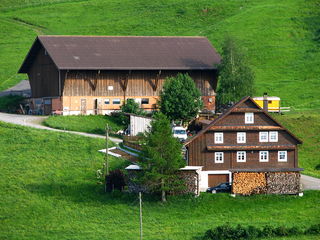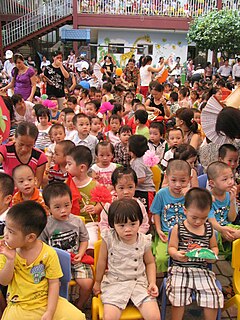
Oberkail is a municipality in the rural area of Eifel in Rhineland-Palatinate in the administrative district Bitburg-Prüm and is part of Verbandsgemeinde Bitburger Land.

Meisburg is an Ortsgemeinde – a municipality belonging to a Verbandsgemeinde, a kind of collective municipality – in the Vulkaneifel district in Rhineland-Palatinate, Germany. It belongs to the Verbandsgemeinde of Daun, whose seat is in the like-named town. In Meisburg, a Moselle Franconian dialect is spoken.

Hillesheim is the third largest town in the Vulkaneifel district in Rhineland-Palatinate, Germany. It was the seat of the former Verbandsgemeinde Hillesheim.
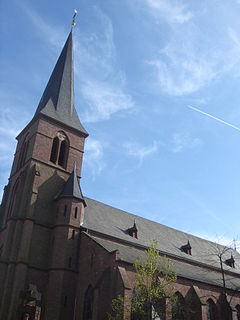
Speicher is a town in the county of Bitburg-Prüm, in Rhineland-Palatinate, Germany. It is situated in the Eifel, on the river Kyll, approximately 10 km south-east of Bitburg and 29 km north of Trier. It has 3,179 inhabitants and is next to the Spangdahlem Air Base which is home of the 52d Fighter Wing. There is a small monument to the men who lost their lives in the First and Second World Wars at the western end of the town. East of the monument is an open area for shopping and other events. Directly to the south is the parish church of St. Philip and St. James.

Kelberg is an Ortsgemeinde – a municipality belonging to a Verbandsgemeinde, a kind of collective municipality – in the Vulkaneifel district in Rhineland-Palatinate, Germany. It belongs to the like-named Verbandsgemeinde, and is home to its seat. Kelberg is a state-recognized climatic spa.
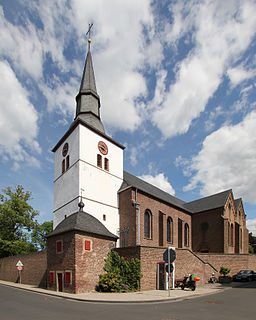
Erp is a village in North Rhine-Westphalia, Germany. It has about 2650 inhabitants (2006).
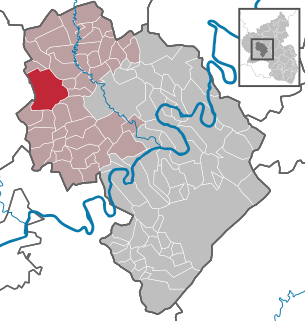
Landscheid is an Ortsgemeinde – which is a municipality belonging to a Verbandsgemeinde, a kind of collective municipality – in the Bernkastel-Wittlich district of Rhineland-Palatinate, Germany.

Binsfeld near Wittlich in the Eifel is an Ortsgemeinde – a municipality belonging to a Verbandsgemeinde, a kind of collective municipality – in the Bernkastel-Wittlich district in Rhineland-Palatinate, Germany. Nearby is the American Spangdahlem Air Base.
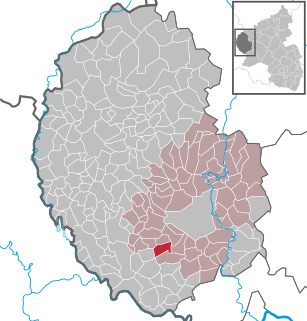
Dockendorf is a municipality in the district of Bitburg-Prüm, in Rhineland-Palatinate, western Germany.
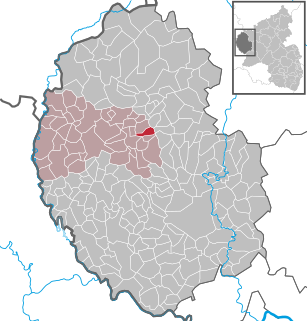
Lascheid is a municipality in the district of Bitburg-Prüm, in Rhineland-Palatinate, western Germany.
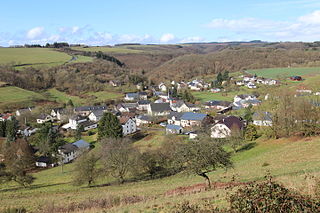
Utscheid is a municipality in the district of Bitburg-Prüm, in Rhineland-Palatinate, western Germany.
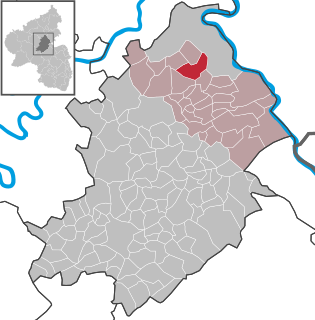
Halsenbach is an Ortsgemeinde – a municipality belonging to a Verbandsgemeinde, a kind of collective municipality – in the Rhein-Hunsrück-Kreis (district) in Rhineland-Palatinate, Germany. It belongs to the Verbandsgemeinde of Emmelshausen, whose seat is in the like-named town.

Bleckhausen is an Ortsgemeinde – a municipality belonging to a Verbandsgemeinde, a kind of collective municipality – in the Vulkaneifel district in Rhineland-Palatinate, Germany. It belongs to the Verbandsgemeinde of Daun, whose seat is in the like-named town.

Hohenfels-Essingen is an Ortsgemeinde – a municipality belonging to a Verbandsgemeinde, a kind of collective municipality – in the Vulkaneifel district in Rhineland-Palatinate, Germany. It belongs to the Verbandsgemeinde of Gerolstein, whose seat is in the like-named town.

Salm is an Ortsgemeinde – a municipality belonging to a Verbandsgemeinde, a kind of collective municipality – in the Vulkaneifel district in Rhineland-Palatinate, Germany. It belongs to the Verbandsgemeinde of Gerolstein, whose seat is in the like-named town.

Sarmersbach is an Ortsgemeinde – a municipality belonging to a Verbandsgemeinde, a kind of collective municipality – in the Vulkaneifel district in Rhineland-Palatinate, Germany. It belongs to the Verbandsgemeinde of Daun, whose seat is in the like-named town.

Steineberg is an Ortsgemeinde – a municipality belonging to a Verbandsgemeinde, a kind of collective municipality – in the Vulkaneifel district in Rhineland-Palatinate, Germany. It belongs to the Verbandsgemeinde of Daun, whose seat is in the like-named town.

Winkel is an Ortsgemeinde – a municipality belonging to a Verbandsgemeinde, a kind of collective municipality – in the Vulkaneifel district in Rhineland-Palatinate, Germany. It belongs to the Verbandsgemeinde of Daun, whose seat is in the like-named town.









